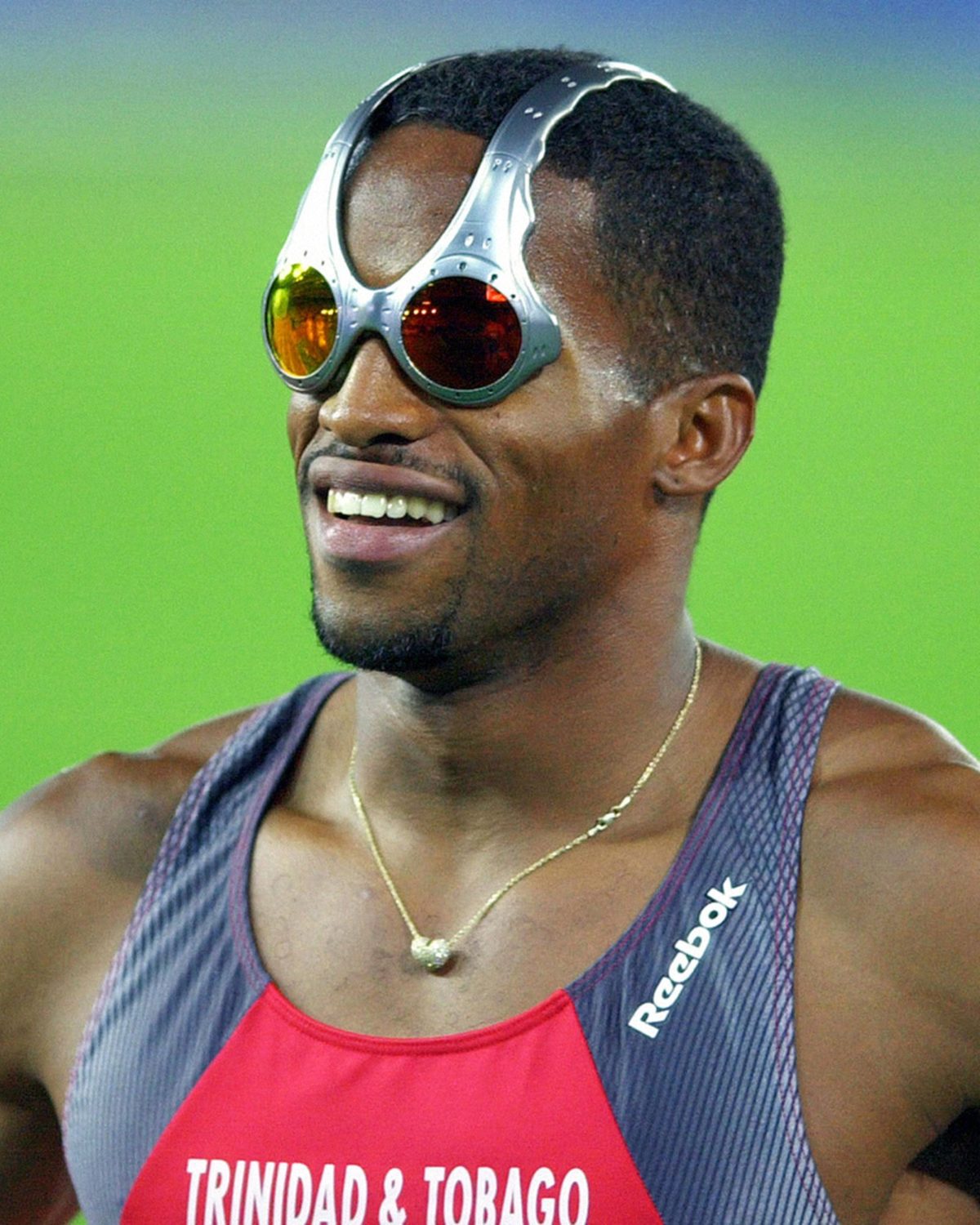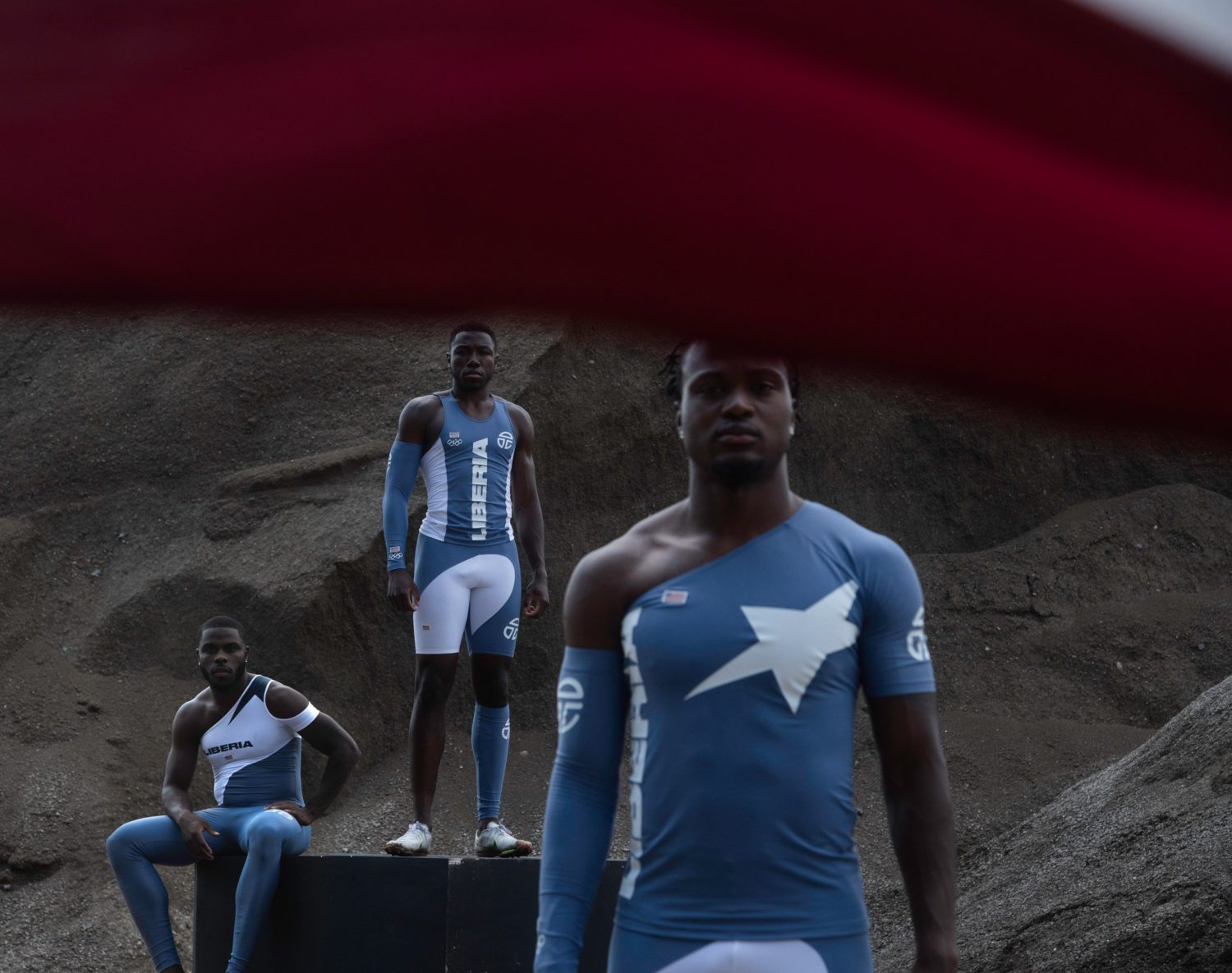The Olympic Games Where Fashion Mattered
By Something CuratedThe fashion donned at the Olympic Games has long been a point of public interest, at times gaining more attention from press than the sports. The Tokyo Summer Games saw many big name and emerging labels support the athletes, sponsoring various countries’ uniforms and creating capsule collections to celebrate the event. Several designers made their Olympics debut this year, most notably, Liberian-American designer Telfar Clemens who became the official sponsor for Team Liberia. Aside from the essential pragmatic qualities, the garments worn by competing athletes aid in creating impactful and long lasting images – empowering, aspirational, and at times irreverent. Looking back, Something Curated reflects on some of the most compelling fashion moments in Olympics history.
Debi Thomas, 1988

Debi Thomas became the first African-American athlete to earn a medal in the Winter Olympics when she received the bronze in women’s figure skating in 1988. The US figure skater also broke fashion barriers when she boldly opted against a skirt at the Calgary Games, instead competing in a jumpsuit, then reserved only for male skaters.
Ato Boldon, 2000

Appearing all over Instagram moodboards in recent times, leading to a reissue of the viral shades, Ato Boldon famously donned his Oakley-designed OVERTHETOP sunglasses at the 2000 Sydney Olympics. Boldon wearing the eyewear quickly became some of the Games’ most memorable images. With their striking red lenses and an ergonomic frame that wrapped up and over the head, Oakley went onto create a series of OVERTHETOPs in collaboration with the Blade II movie. In the Wesley Snipes film, zombies can be seen wearing a modified pair of the sunnies in various scenes.
Momiji Nishiya, 2021

Beyond the shadow of the pandemic, the Tokyo 2020 Olympics has had a number of positives like the introduction of new sports such as karate, surfing, and skateboarding. Skateboarding, in particular, really got the internet talking. Nike was responsible for some of this year’s most memorable Olympic skateboarding uniforms. The brand teamed up with Dutch artist and former skater Piet Parra to create the abstract prints for skateboarders from team USA, France, Brazil, and host country Japan, from which 13 year old skateboarder Momiji Nishiya hails.
Team Lithuania, 1992

Issey Miyake answered Lithuania’s call for help ahead of the 1992 Barcelona Olympics, when the team was urgently in need of uniforms. As a newly liberated country following the fall of the Soviet Union, Lithuania offered a lot of freedom for expression, which appealed to the Pleats Please designer. The caped uniforms featured trademarked fabrics cut with a new technique involving hot metal, oversized zippers, and his renowned pleats. On the reverse side, there were five Olympic rings clad in the country’s colours, while a collar featuring the national flag could be rolled up.
Florence Griffith Joyner, 1988

Florence Griffith Joyner took home three gold medals at the 1988 Summer Olympics and broke a new Olympic record in the 100 metre dash. Alongside her impressive athletic abilities, her bold style and signature hooded running suit became much talked about. “Flo-Jo” blazed trails in fashion, stunning crowds in custom, asymmetrical one-legged tracksuits and manicures decorated with American flags. The former hair-and-nail technician would take off sprinting down the stretch, curls blowing in the wind.
Team Liberia, 2021

Liberian-American fashion designer Telfar Clemens and his long-time collaborator Babak Radboy created unitards, gowns, tank tops and other clothing items for the Liberian team this year. The much talked about uniform incorporated shades of the colours on the Liberian flag, blue, red and white, as well as gold. Nods to traditional African garments feature heavily in the genderless collection. For example, the lappa, a customary colourful skirt or dress that wraps around the wearer, was reinterpreted as a tie-up garment that can be worn by both male and female athletes.
Michael Johnson, 1996

Receiving the nickname “Man With the Golden Shoes” from the media, Sprinter Michael Johnson became well known for the metallic racing spikes he sported for the 200 and 400 metre finals back in 1996. In a television interview at the time, he said, “I just wanted to change it up, and I thought gold would be a good colour.” Johnson would later go onto defend his 400 metre final in Sydney wearing shoes with 24 carat gold threads woven into the textile.
Feature images via Pinterest